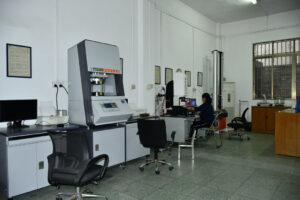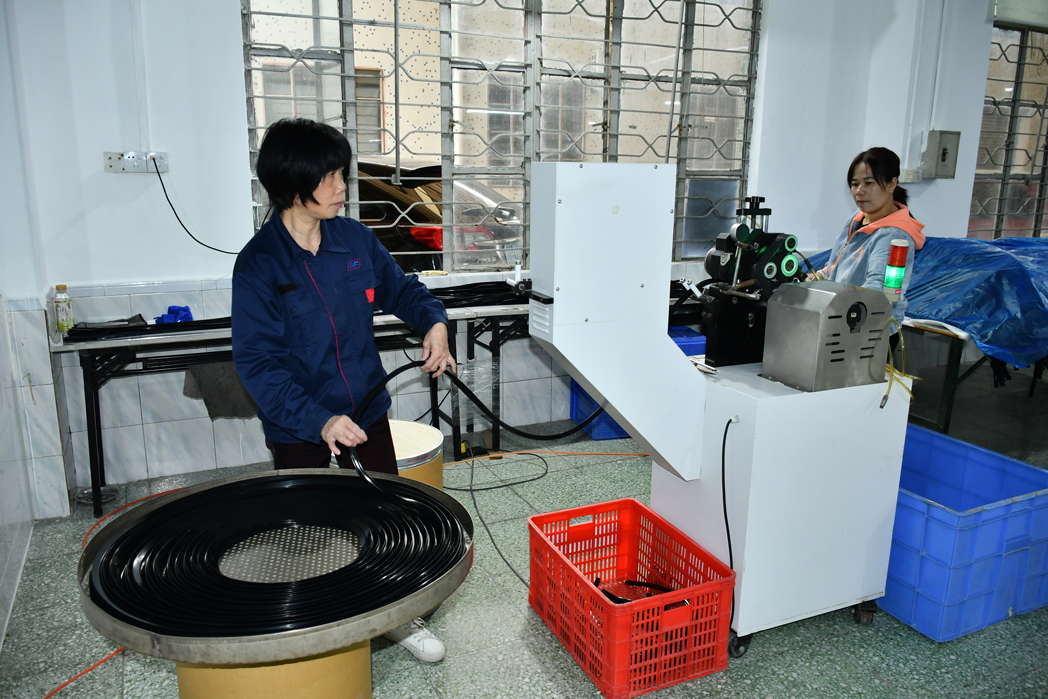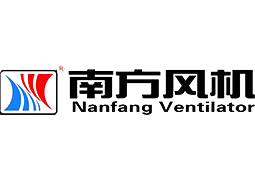






















Unlike other elastic materials, silicone can retain its properties without breaking down under high temperatures. It's not just engine and transmission oils that silicone can resist (FVMQ), it can also handle hot air, ozone, UV rays, and even animal fats and oils.
That's why a silicone O-ring is ideal for use around oil, chemicals, and solvents. But despite the silicone O-ring's flexibility at low temperatures, it has some limitations, like low tensile strength, poor tear strength, and poor wear resistance.
No doubt, these materials work well in a temperature range of -30 to 205°C. But, if we need to go beyond that, viton is the way to go. It can withstand temperatures up to 500°C, which is pretty impressive. On the other hand, if we need to operate in lower temperatures, silicone has a slight edge over viton.
What's interesting is that NF Silicone Rubber offers a wider range of compound formulations. This means that customers have more options to choose from, making it easier to find the right compound for their needs.
When deciding whether to go for nitrile or silicone, it's important to think about what you need. If you require a durable, strong material with top-notch wear resistance, then nitrile is definitely the way to go. It boasts an impressive tensile strength and can handle a lot of wear and tear without any issues.
On the other hand, silicone isn't as strong and tends to wear down rather quickly. This makes nitrile a much more reliable choice, especially when it comes to dynamic applications. So, take the time to consider your specific needs before making a choice.
When it comes to sealing fluids, lubricants, and coolants in fuel and brake systems, engines, and transmission components, as well as automotive air conditioning systems, silicone O-rings are the go-to solution.
Not only that, but they're also used in aerospace engines, military aircraft, and missiles in the aviation and defense industries. And the reason? Well, silicone O-rings have shown to be incredibly reliable and durable across a spectrum of diverse industries and applications.
When it comes to silicone O-rings, there are a few common reasons for failure, including extrusion, compression set, and chemical attack. But fear not, there are some simple ways to keep your O-ring in top shape.
To avoid extrusion, make sure you don't subject it to too much pressure. Overstretching can also cause compression set, which can be prevented by choosing an O-ring with the right level of hardness.
Finally, it's important to choose an O-ring material that is compatible with any chemicals it may come into contact with to prevent damage.
Silicone O-rings are truly incredible - they can handle temperature extremes like superheroes. For applications that demand high-temperature resistance, these rings can perform brilliantly from as low as -65°F (-54°C) up to a blazing 450°F (232°C).
Their pressure limits depend on the size and shape of the object they're used with. Some silicone O-rings are so amazing they can withstand temperatures as low as -100°C and all the way up to 300°C.
Seals with thicker cross-sections are known to be more durable and long-lasting compared to those with thinner cross-sections, especially when exposed to the movements of a piston. Not only that, thicker seals also provide greater stability in the groove and minimize the chances of rolling during installation.
Silicone O-rings are a popular choice for fluid power systems, and you'll find many manufacturers worldwide produce them. They're versatile and effective, suitable for a broad range of applications. They work well in pumps, valves, cylinders, and connectors, thanks to their ability to prevent leaks.
When it comes to dynamic sealing compression, O-rings have some limitations. They tend to have high initial friction resistance when used for dynamic sealing compression. This can make it challenging to prevent leakage when the seals are in motion. Additionally, it can be tough to monitor the leakage and ensure it doesn't exceed the limits specified by the permit.
If you're looking for a cost-effective alternative to O-rings, then D-rings can be a great option. They offer the same sealing capabilities as O-rings but with the added benefit of a flat base that provides more groove stability.
By using D-rings, you can avoid spiral failures that typically occur during assembly or in dynamic applications. So, it's a reliable solution for your sealing needs.
To keep O-rings in good condition for a long time, it's important to apply lubricants regularly. The best time for this is during installation, as the benefits are most significant at that point.
By using oil during installation, you'll reduce the friction on the O-ring's surface, which will prevent any damage, such as irritation, pinching, or cutting.